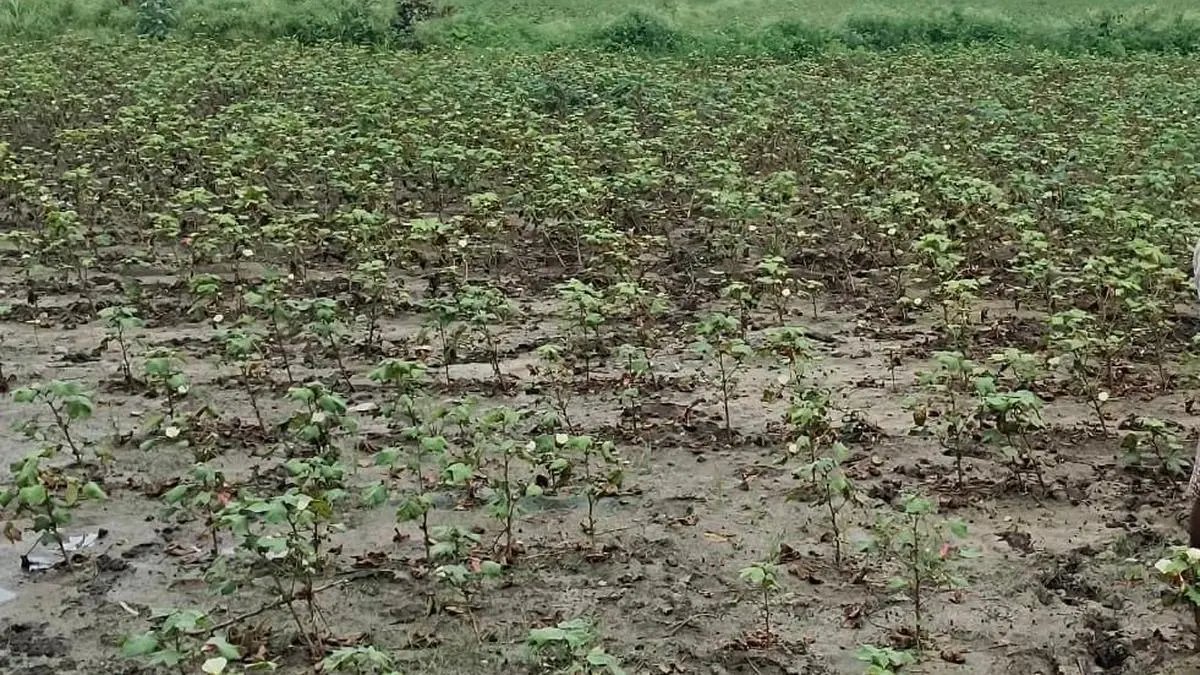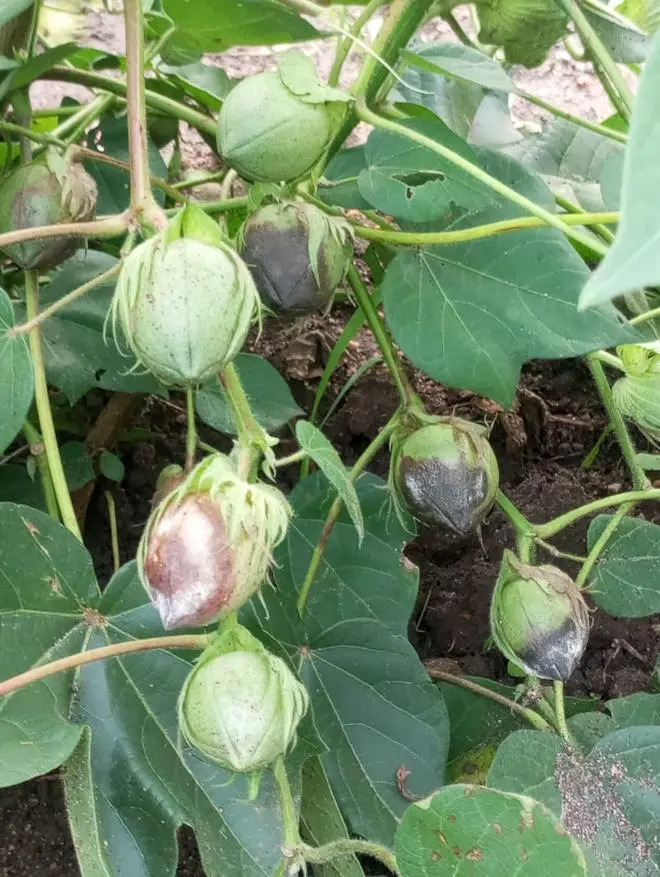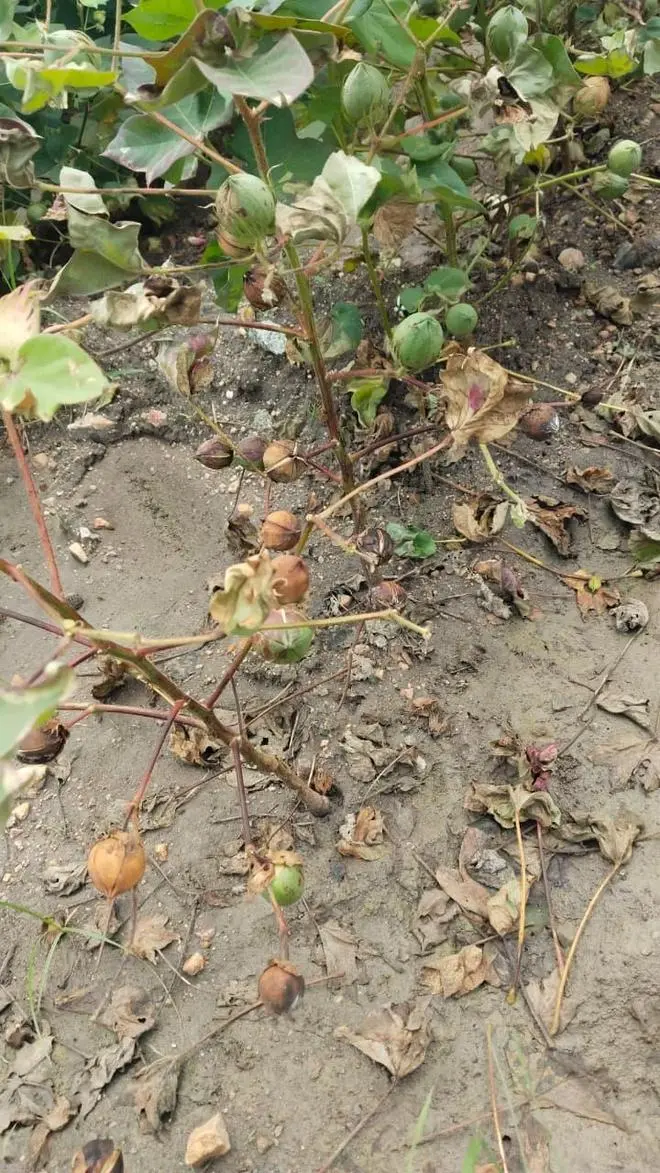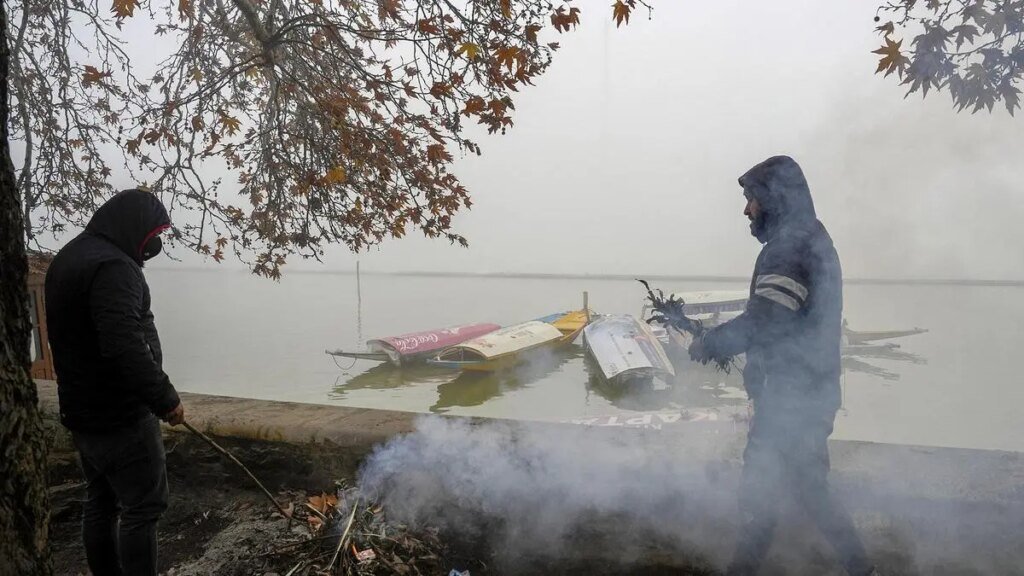India’s cotton crop hit by boll rot on excess rain in parts of AP & Telangana, raises concern over yield


A survey has confirmed the outbreak of boll rot across major cotton-growing cluster of Kurnool and other areas in Rayalaseema region
The cotton crop in parts of Andhra Pradesh and Telangana is infested with boll rot, a complex disease caused by a group of fungal and bacterial pathogens, due to the untimely and excessive rain this year. This has raised concerns over the crop yield as it could decline.
A field survey under Project Bandhan led by the Jodhpur-based South Asia Biotechnology Centre (SABC) in collaboration with KVK Banvasi has confirmed the outbreak of boll rot, both external and internal types, across major cotton-growing cluster of Kurnool and other areas in Rayalaseema region.
“The boll rot complex has long been recognised as one of the most economically significant cotton diseases in the South-Central regions of India, particularly across Andhra, Telangana, and adjoining areas, where it can become highly destructive under favourable conditions. For the first time in a decade, the economic threshold level (ETL) of boll rot has exceeded the severe outbreak mark of 20 per cent, as reported during Kharif 2025–26 in Kurnool district,” said CD Mayee, cotton epidemiologist and President of South Asia Biotechnology Centre (SABC), Jodhpur in a statement.

Bolls rotting on a cotton plant at a farm near Kurnool
Kurnool’s significance
Boll rot thrives in moist and humid environments and is now affecting the standing crops raising concerns over yield loss, fibre quality deterioration. Kurnool district holds special importance as one of the major cotton-growing hubs of Andhra Pradesh. Unlike the national trend of shrinking cotton acreage, early and timely rains in 2025 spurred record sowing across the state, with cotton covering 3.39 lakh hectares during Kharif 2025-26. This outbreak comes on the back of two consecutive years of severe pink bollworm (PBW) infestations, further eroding farmer confidence in cotton cultivation across Andhra, SABC said.
Scientists at KVK Banavasi said farmers are reporting drooping in some areas ofthe Kurnool region and have been advised to take up sprays.
Bhagirath Choudhary, founder director, SABC, said the boll rot complex is emerging as a serious production constraint in cotton. No longer an occasional occurrence, the disease now threatens to cause yield losses of 15–20 per cent or more during kharif 2025-26 across the cotton belts of Andhra Pradesh and Telangana. He stressed that cotton scientists must accord urgent research priority to boll rot complex disease focusing on the development of resistant genetic stock and leveraging cutting-edge genome editing tools to impart durable tolerance.

Ramanuj Das Boob, a sourcing agent in Raichur and vice president of All India Cotton Brokers Association said a section of growers around Kurnool, who had taken up early planting of cotton under irrigated conditions, have reported the incidence of boll rot. However, it is unlikely to have any major impact, Boob, who has been sourcing the new kharif crop from Kurnool region said. “Overall the cotton crop condition is excellent” Boob maintained.
Published on August 25, 2025



